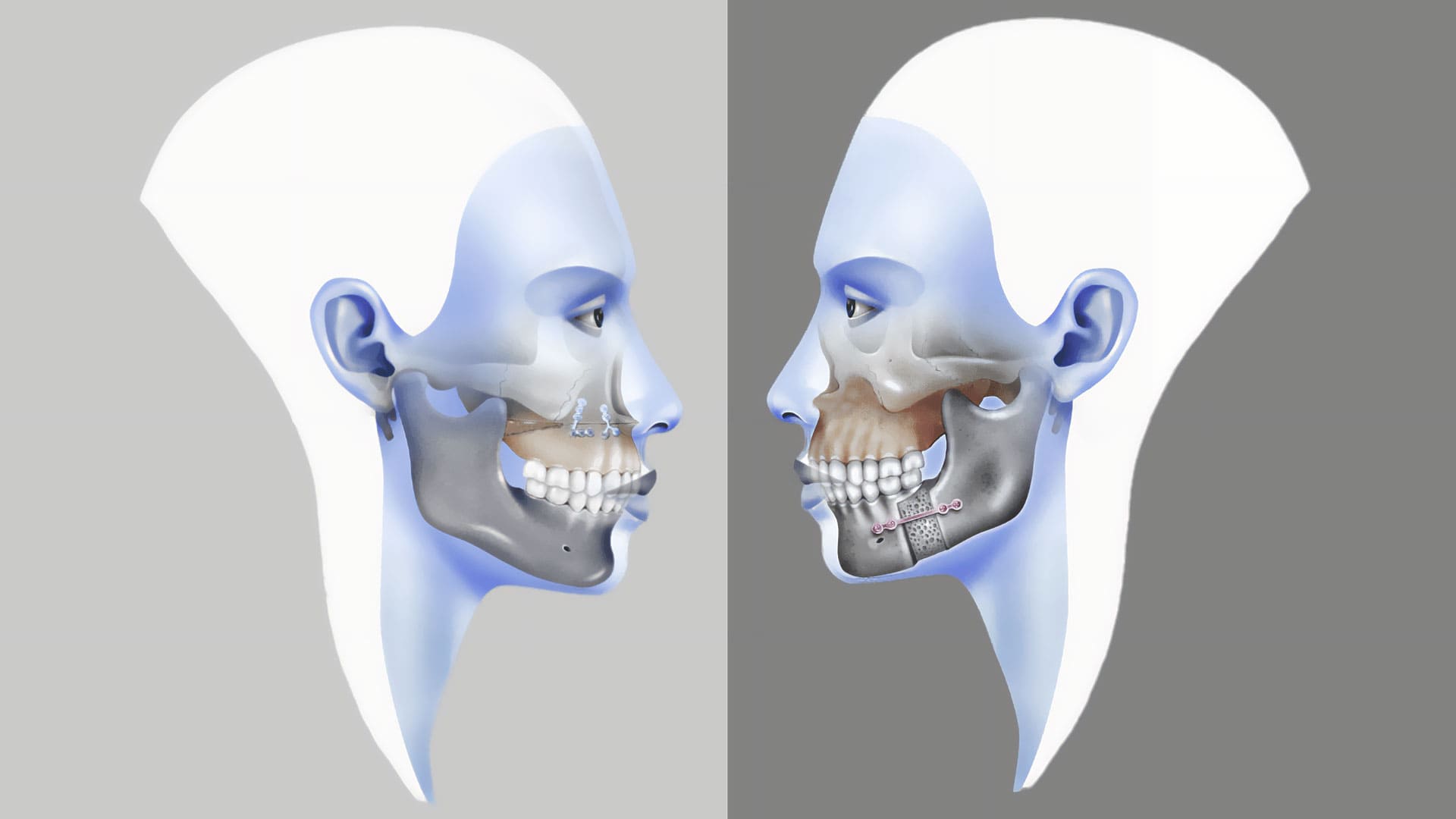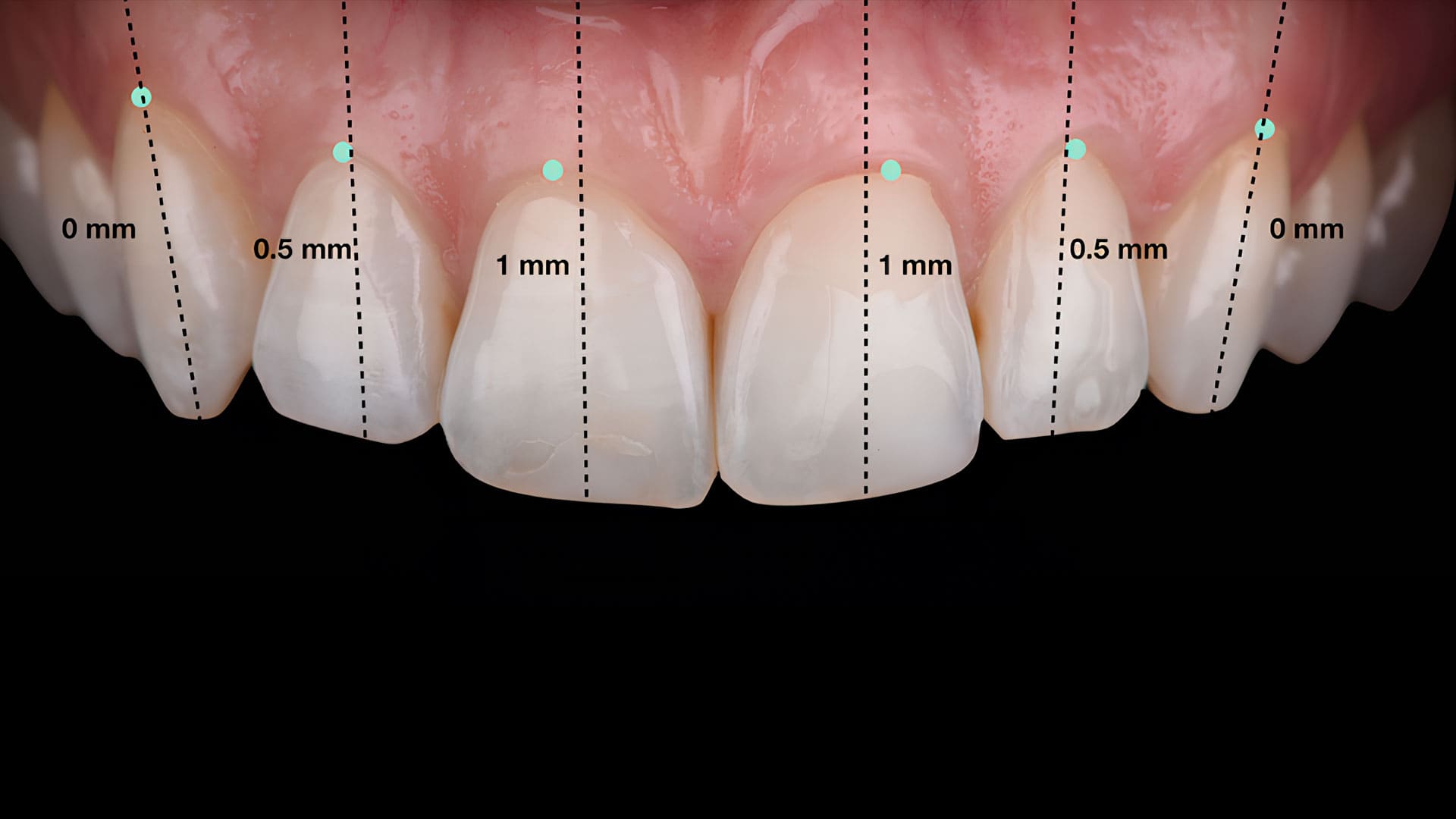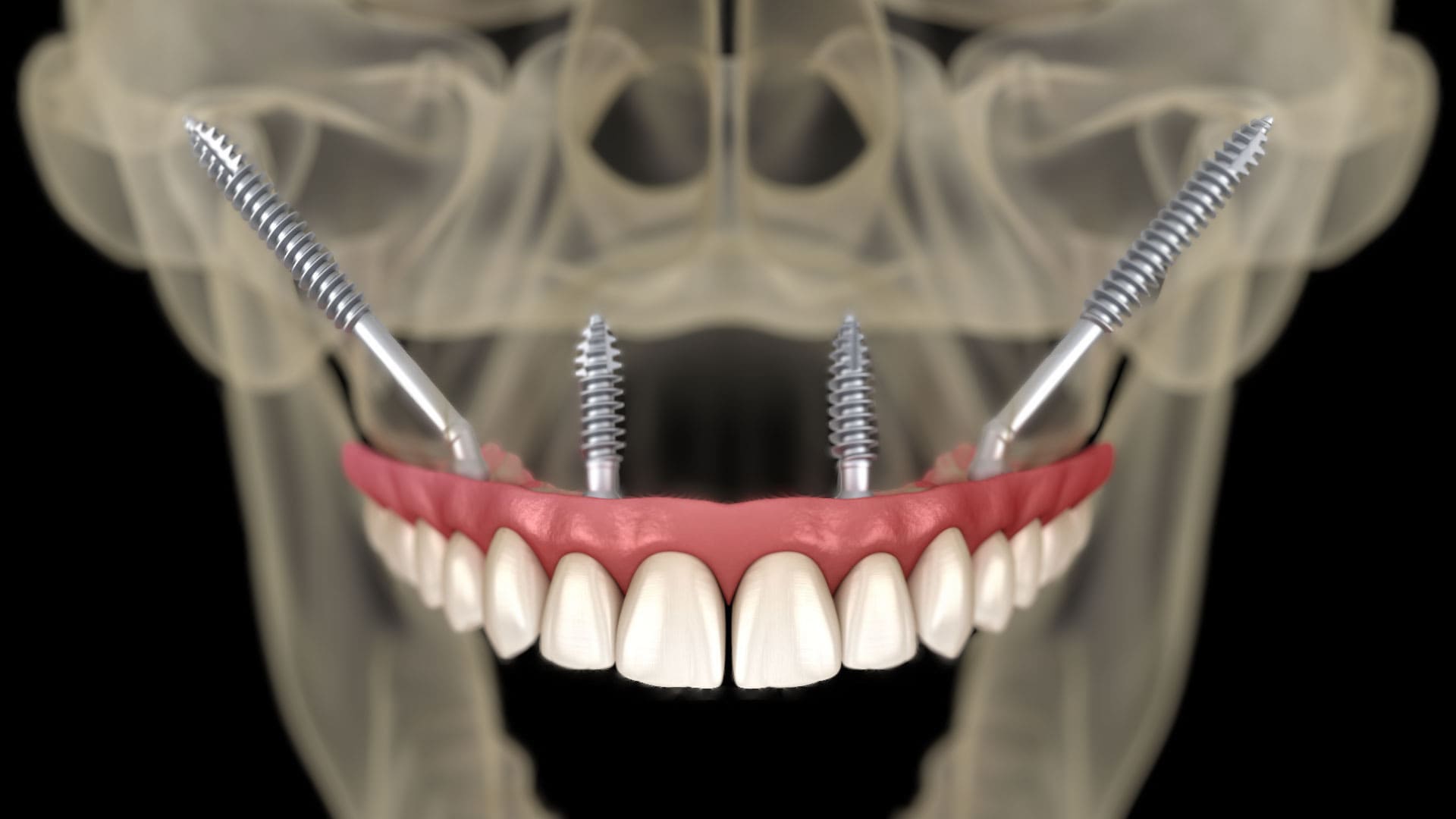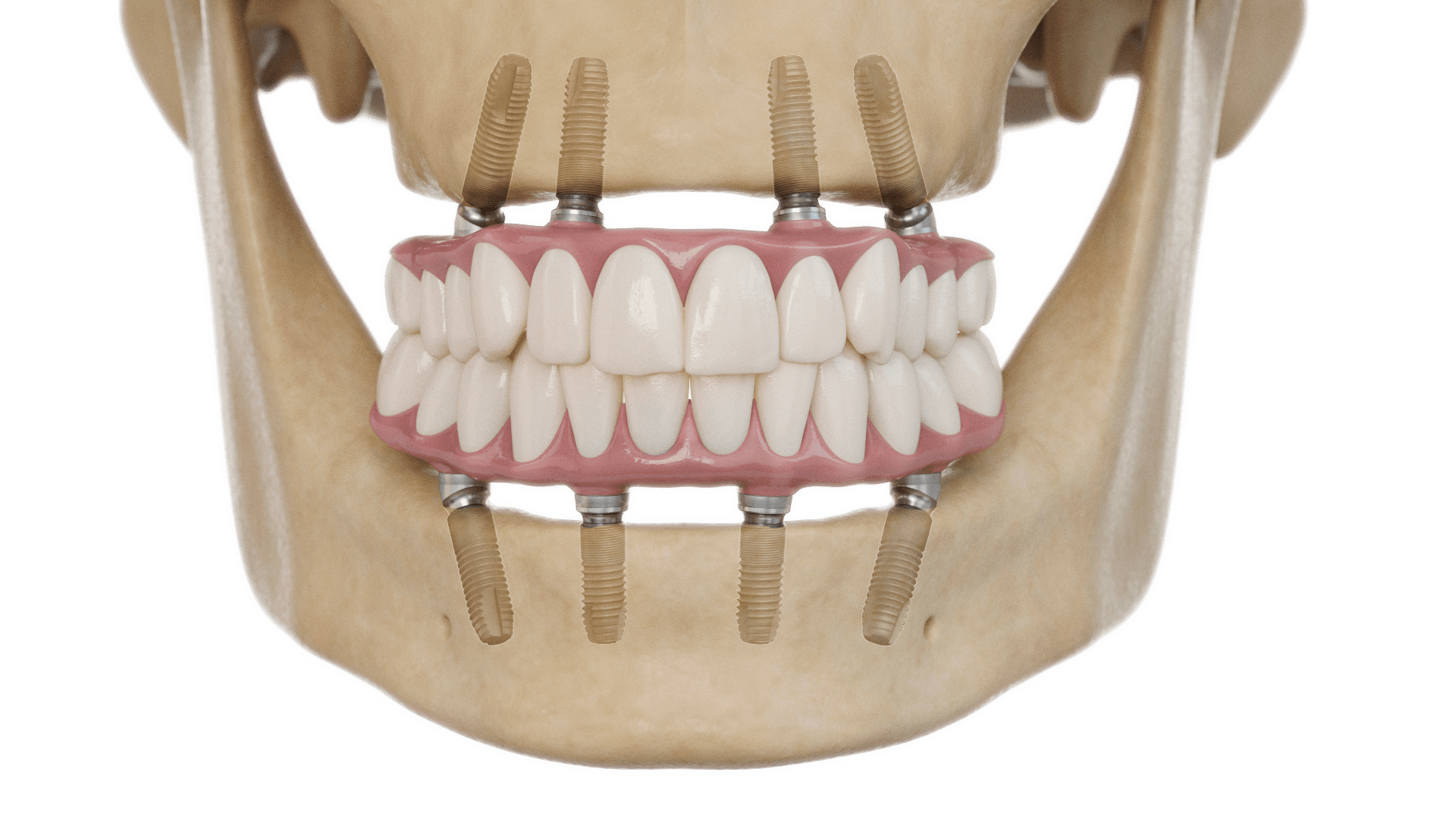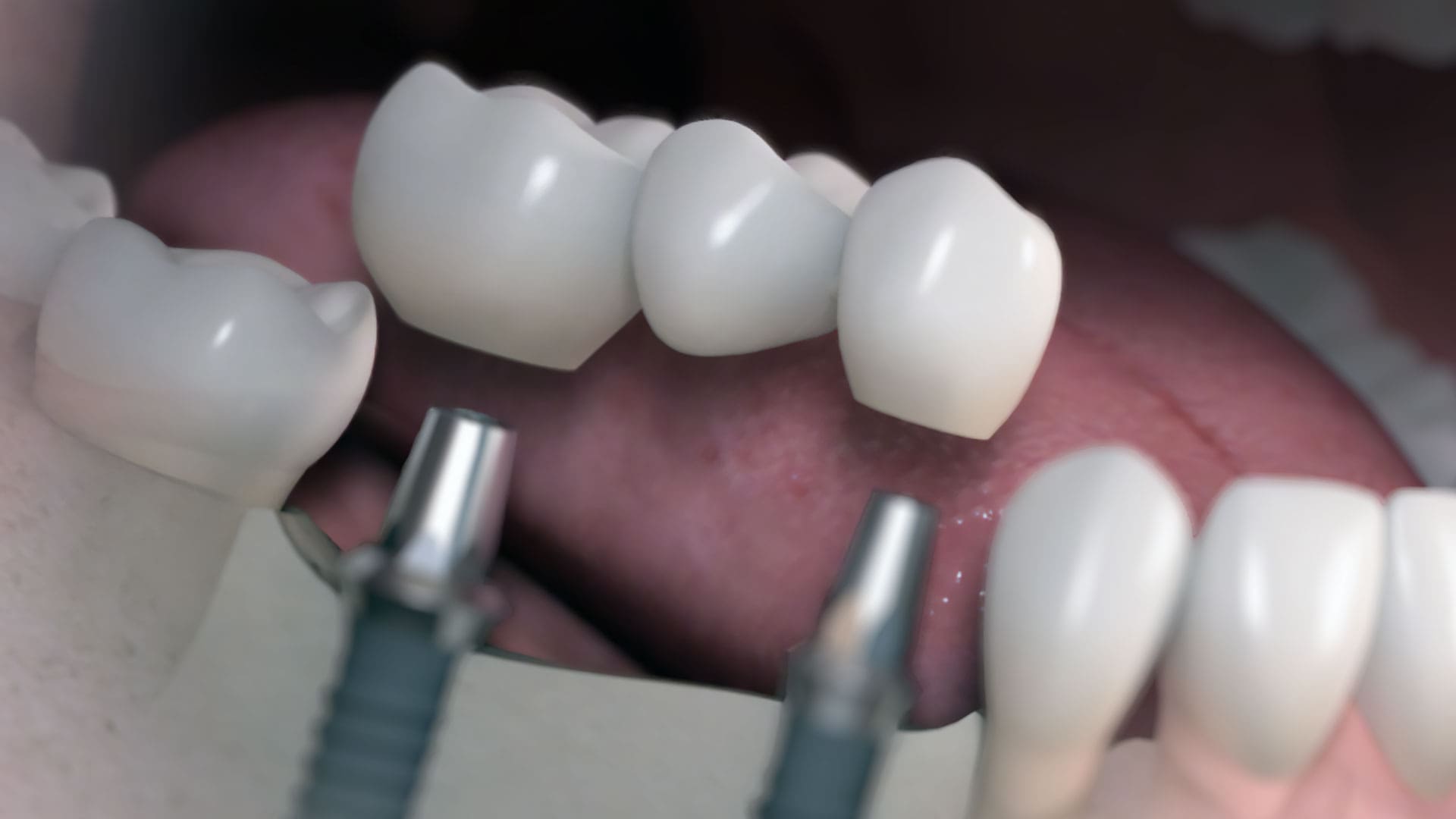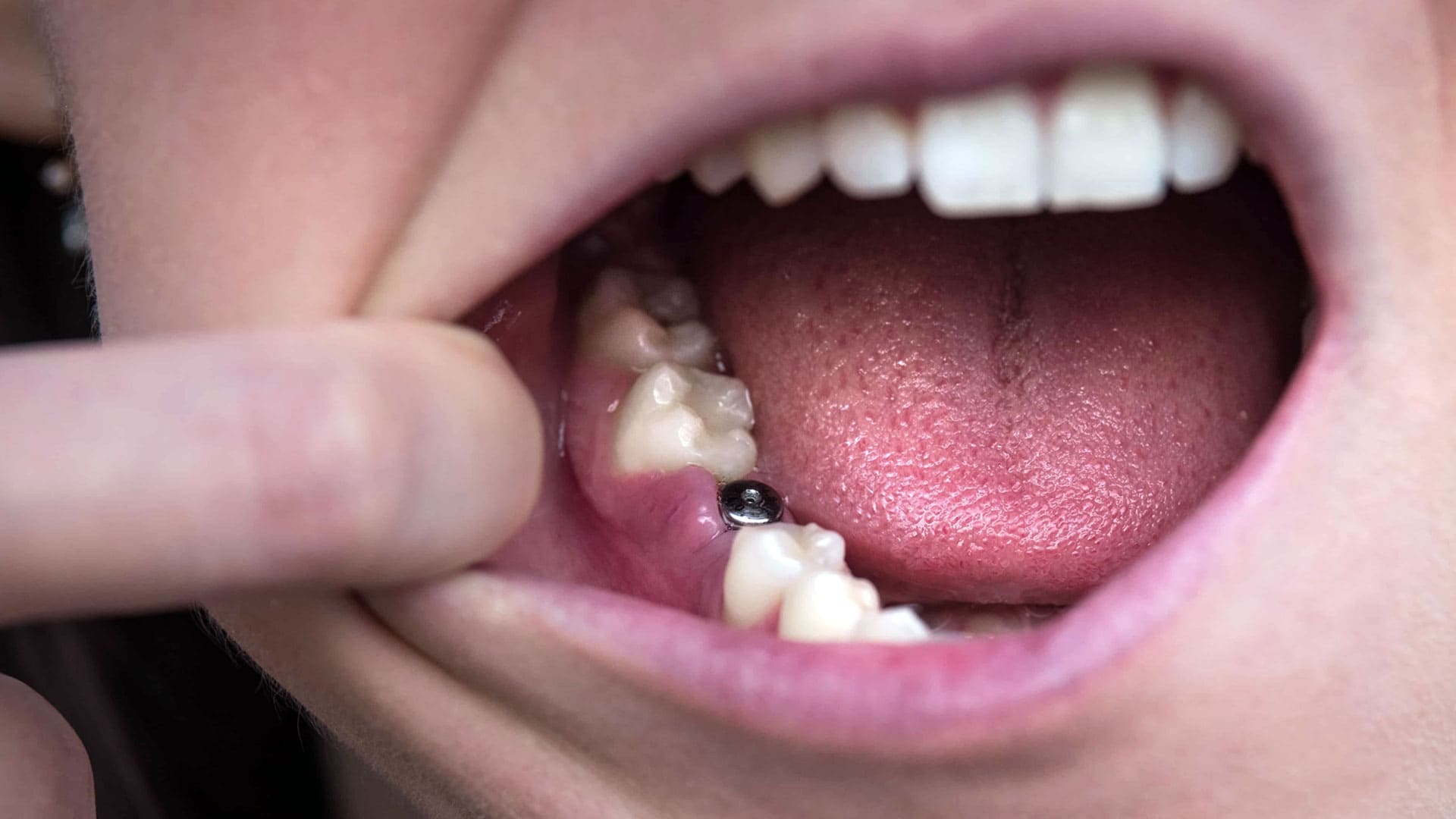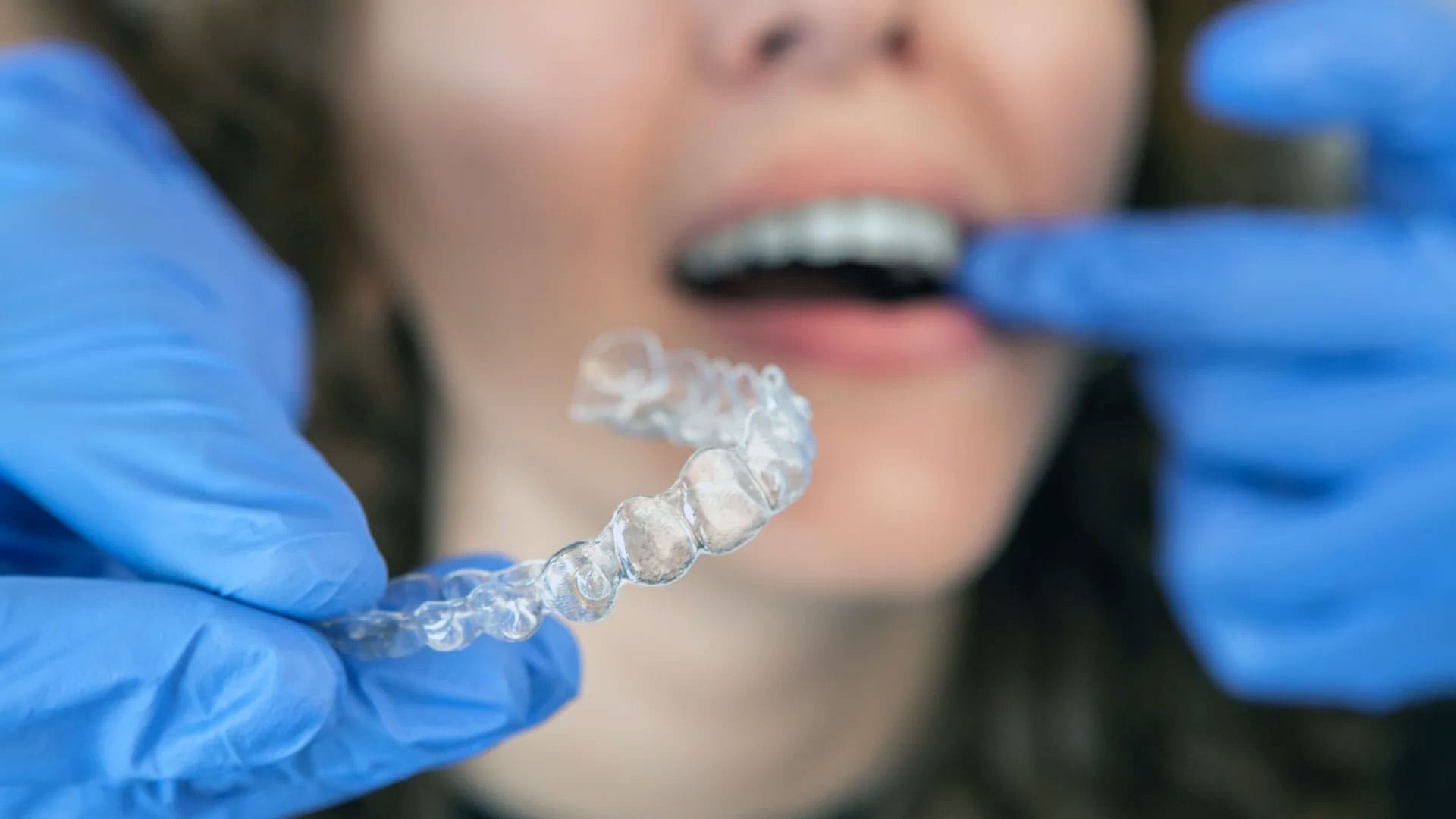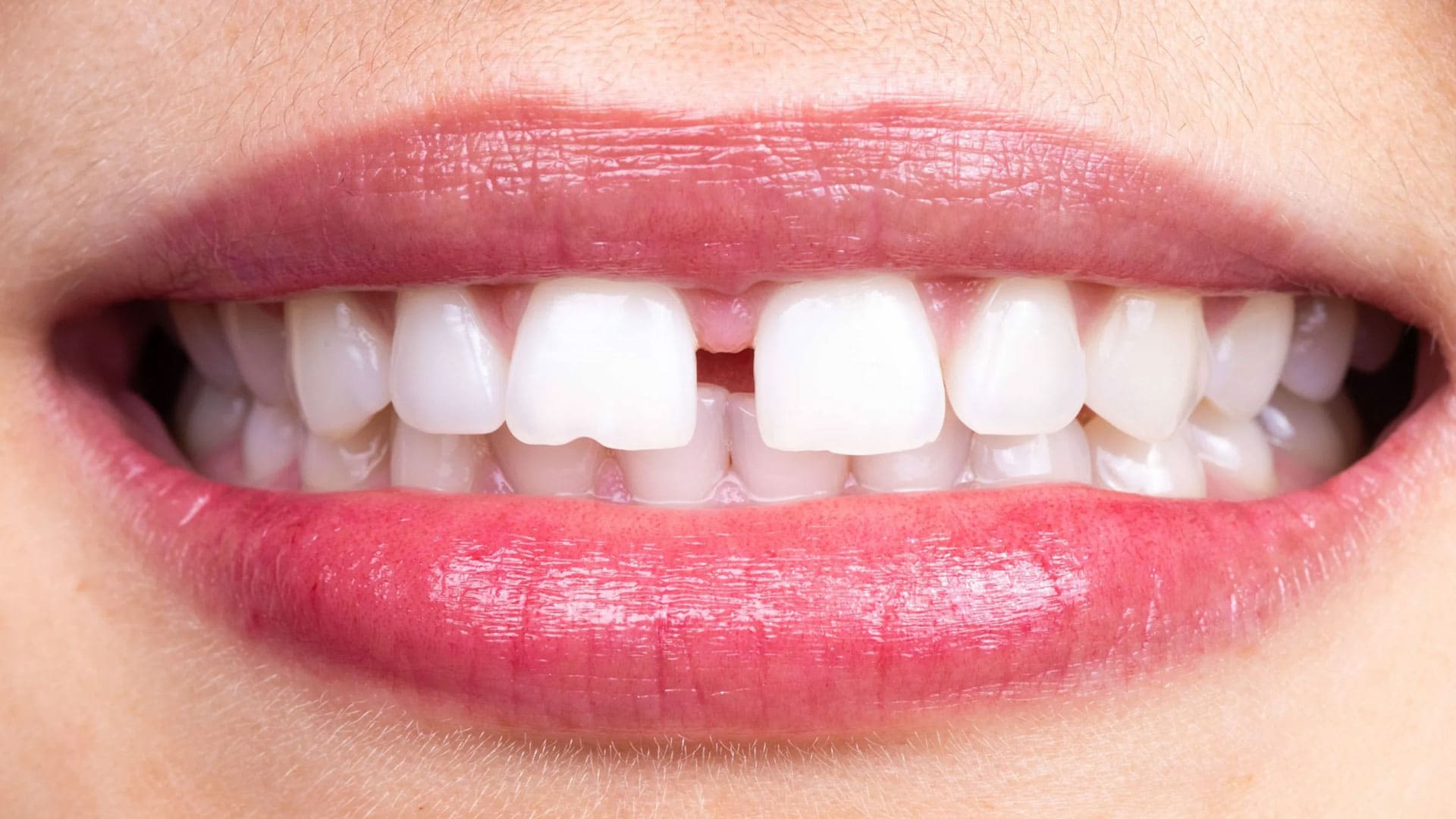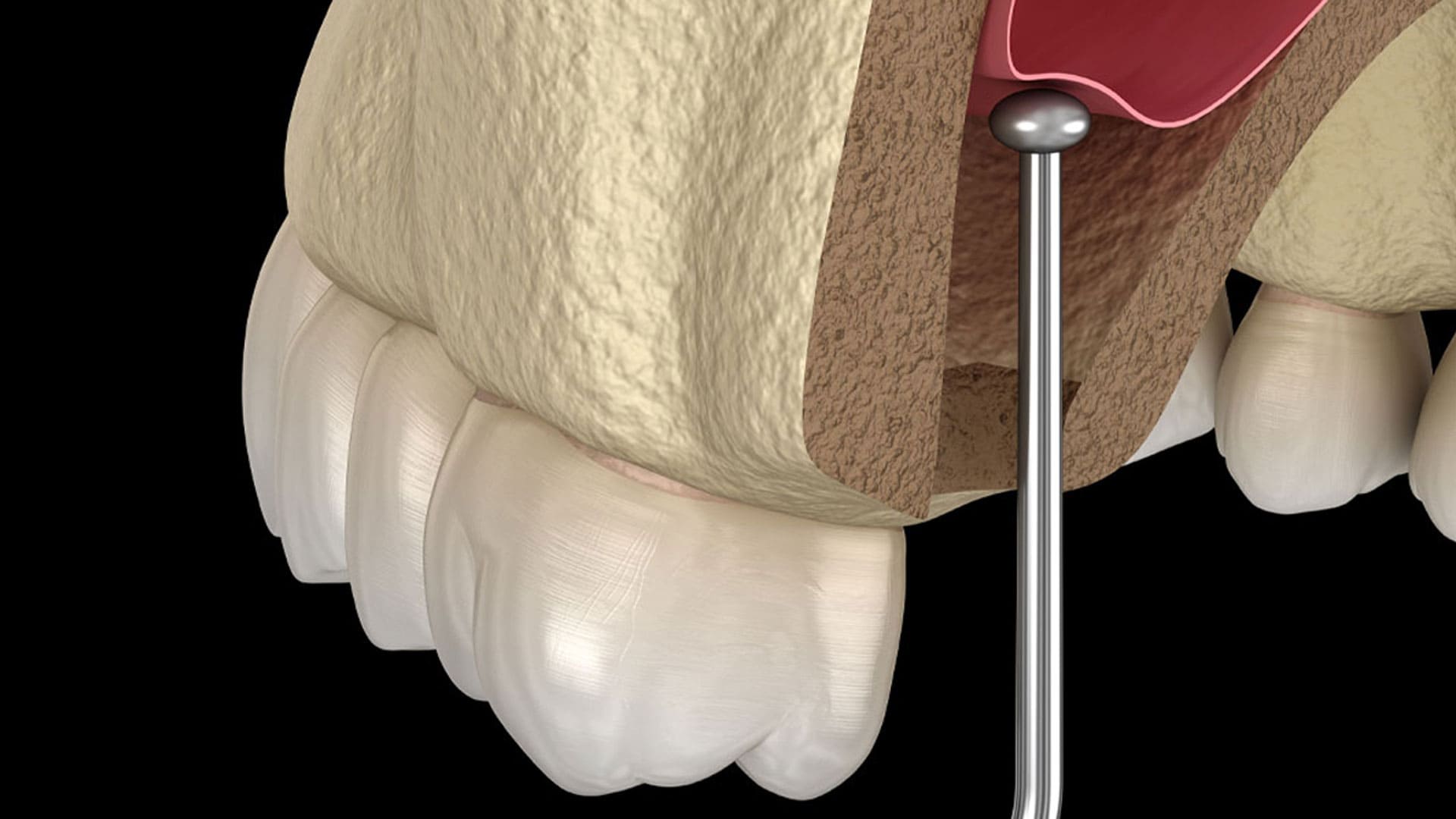
What is Sinus Lifting Operation?
Sinus Lifting
The maxillary sinuses are physiologic cavities located under the cheekbones on either side of the nose. These cavities are adjacent to the upper molars and often enlarge after the adjacent teeth are extracted or become thinner because the bone holding the teeth is not functioning. After tooth loss, it is sometimes necessary to create new bone in the area between the membrane and bone surrounding the maxillary sinus in order to place implants in the posterior regions of the upper jaw. This procedure is called Sinus Lifting.
Placing an implant in the posterior region of the upper jaw does not always require Sinus lifting. It depends on conditions such as the amount of bone in this area, the location and size of the sinuses.
There are two types of sinus lifting procedures.
- Closed sinus lifting
- Open sinus lifting
Closed Sinus Lifting
If there is enough bone in the area where the implant will be placed so that the implant can remain fixed, the procedure is performed by compressing the bone in this area towards the sinus or by placing bone powders without making a new incision outside the space where the implant will be placed. The reason it is called closed is that no incision is made outside the area where the implant is placed to reach the sinus.
The prerequisite for this procedure is that there is enough bone in the area. You can only find out whether you are suitable for the procedure after an examination by a maxillofacial surgeon. The process after the operation is more comfortable than open sinus lift, but since the implant is placed with this operation, the recommendations should be followed at the end of the procedure.
Open Sinus Lifting
Open sinus lifting is a method applied for patients with very little bone in the posterior region of the upper jaw. It is the process of placing a graft between the sinus membrane and the jawbone by opening a small space in the mouth on the cheek-facing side of the jaw, apart from the space where the implant is placed. Thanks to this method, bone areas that are too much melted to be implanted can be made implantable.
In some cases, a two-stage surgery is performed. First, an open sinus lift procedure is performed and the bone powder is allowed to ossify, which may take 3-4 months, and then the implants are placed. Sometimes enough bone can be found to allow implant placement in the same session as the procedure, which will shorten the waiting time.
What awaits you after sinus lifting?
After a closed sinus lift procedure, the same things need to be considered as after an implant operation. Click here for the article about the implant operation
Mild swelling and pain can be expected after an open sinus lift operation. Bleeding in the form of leakage is normal. It is forbidden to blow your nose and clean the nose vigorously after the procedure as it will create pressure in the sinus. As with all oral surgical procedures, smoking should be avoided during the recovery period. A slight nosebleed is considered normal after the sinus lifting procedure.
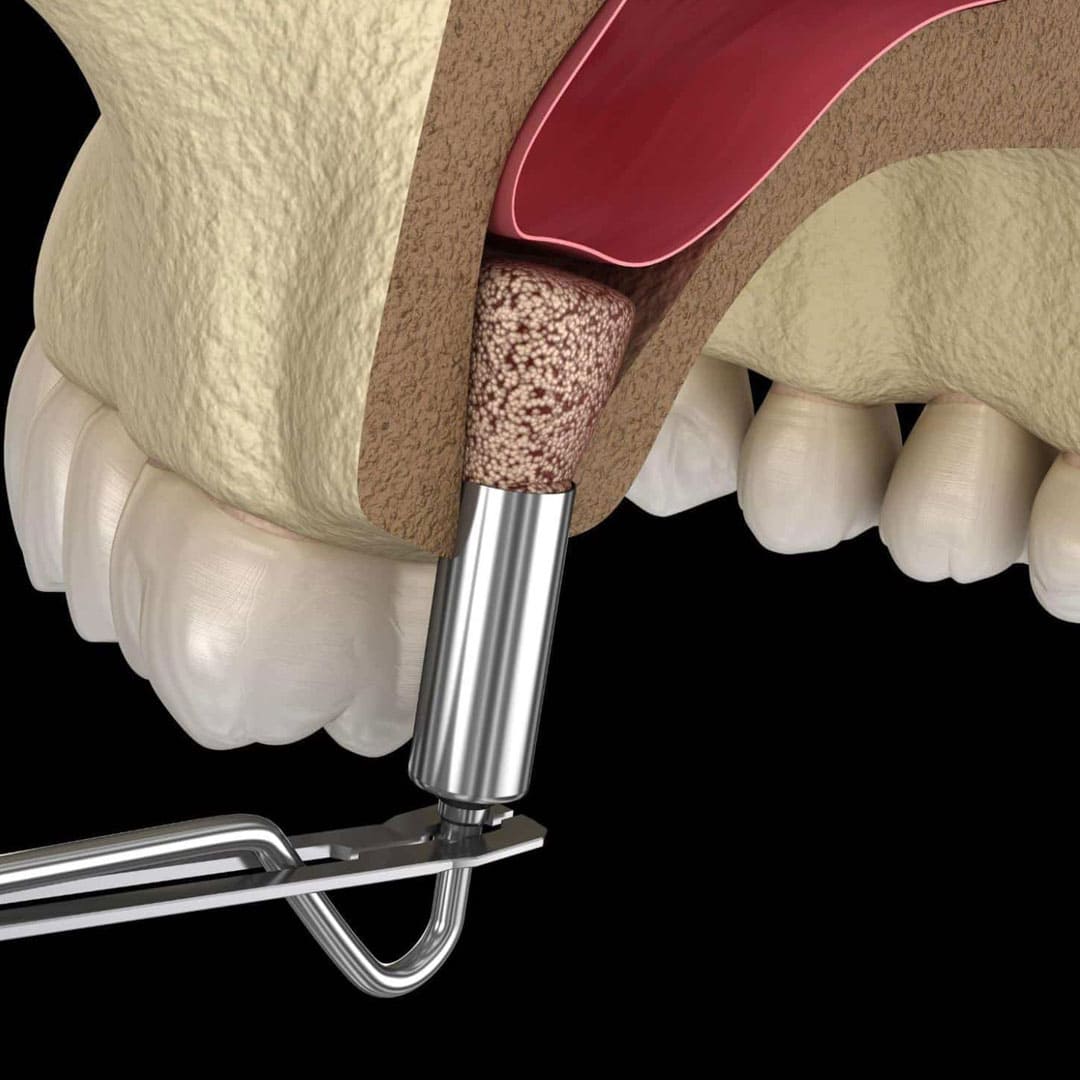
TREATMENTS
Book Your Appointment
For more information about Root Canal Treatment and other treatment options and to schedule an appointment, please click here. Contact us for a healthy and aesthetic smile.


